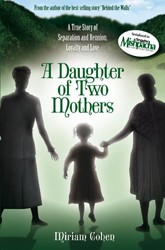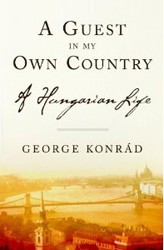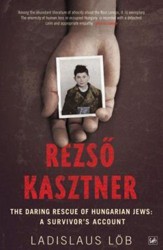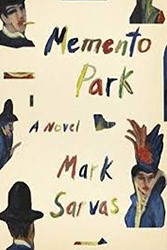Valdemar Langlet is a relatively unknown name, yet Langlet, at age seventy-two, was responsible for saving thousands of Jewish lives in Budapest, Hungary, during the Holocaust. Langlet taught Swedish at Budapest University and became an unpaid cultural attaché at the Swedish Legation, while also working with the Swedish Red Cross in Budapest. During the years 1944 – 1945, when the Germans and the Hungarian Arrow Cross Party waged a terror assault against Hungarian Jews, Langlet fabricated Red Cross “Letters of Protection” that provided Jews with a modicum of safety. Langlet’s passport-like documents, which he issued without the permission of the Red Cross, allowed Jews to avoid deportation to the death camps.
His memoir provides us with an understanding of the danger faced by anyone who stood up to the Nazis and the barbaric Arrow Cross soldiers. These “letters of protection” were issued long before Raoul Wallenberg arrived in Budapest and proceeded to issue “protective passports.”
As the war turned against both Germany and Hungary in late 1944, and the Red Army approached Budapest, Langlet informs us that the Arrow Cross soldiers intensified their attacks against the Jews. It became obvious to him that the city would become a battleground once the Soviet army entered the city. Under these conditions, Langlet risked his life to shelter Jews and other refugees in safe houses throughout Budapest.
After the war, Langlet returned to Sweden and was awarded the Swedish Red Cross Medal in 1946; in 1965, five years after his death, Yad Vashem recognized Langlet and his wife, Nina, as “Righteous Gentiles“ for their work in rescuing Jews in Budapest.





